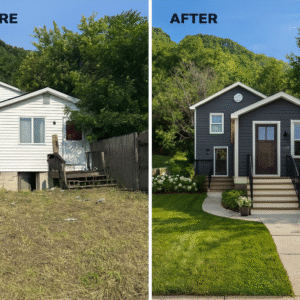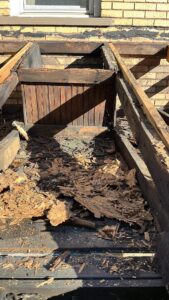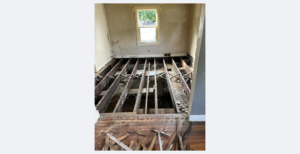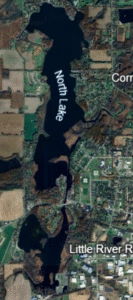Roof Replacement and Roof Systems
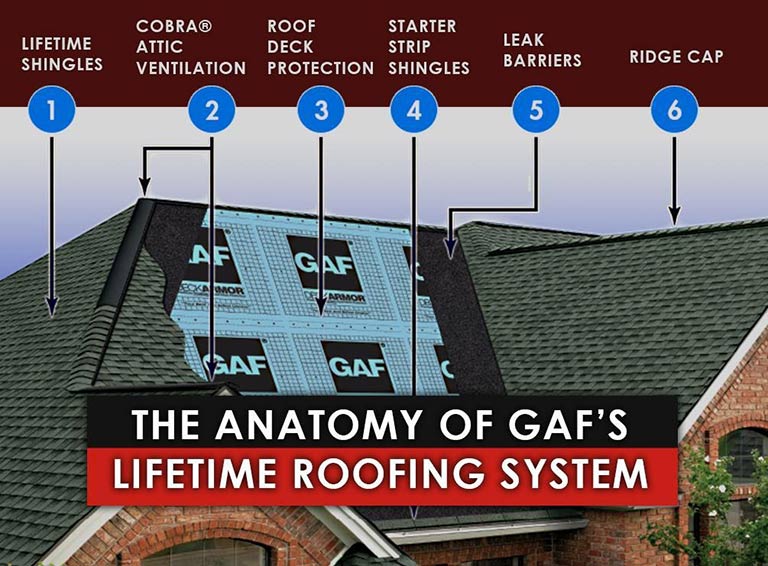
What Is a Roof System? Understanding the Layers That Protect Your Home
To most homeowners, a roof just looks like shingles nailed to plywood—but in reality, a quality roof is much more than that. It’s a complete system, with each layer working together to protect your home from rain, wind, snow, and even energy loss.
If your home still has an older-style 3-tab shingle with basic felt paper underneath, it’s important to understand how roofing technology has evolved—and why a modern roof system offers superior protection, longevity, and value.
Let’s break it down in plain English.
The Old Way: 3-Tab Shingles + 15 lb Felt Paper
Not too long ago, the standard roof was built with:
- 3-tab asphalt shingles: Thin, flat, and lightweight. Designed to last about 15–20 years.
- 15 lb roofing felt: A basic tar-paper layer rolled out under the shingles to provide a moisture barrier.
This setup worked—for a while. But it had limitations:
- Minimal wind resistance (often rated only to 60–70 mph)
- Low impact resistance
- Paper easily tore or wrinkled during install or weather changes
- Poor ventilation and heat management
Over time, this kind of system would curl, crack, leak, or blow off in storms. It was a simple roof, but not a high-performance one.
The Modern Roof System: Built to Last
Today, quality roof installations use a multi-layered system designed to work together. Here’s what that typically includes:
✅ 1. Architectural or Laminated Shingles
- Thicker, heavier, and more durable than 3-tab.
- Designed to last 30–50 years with proper installation.
- Better curb appeal with dimensional texture.
- Improved wind and impact ratings (often up to 130 mph or more).
✅ 2. Synthetic Underlayment
- Replaces the old 15 lb felt with a stronger, more water-resistant material.
- Won’t wrinkle, tear, or degrade like paper.
- Safer for installers to walk on, especially in hot or cold weather.
- Better moisture protection if shingles are damaged or blown off.
✅ 3. Ice & Water Shield
- A rubberized waterproof layer installed in leak-prone areas (valleys, eaves, around chimneys).
- Protects against ice dams and wind-driven rain.
✅ 4. Starter Strip Shingles
- Installed at the roof’s edges to seal the first row and prevent wind uplift.
- Older systems just used cut shingles—this is a big upgrade.
✅ 5. Ridge Ventilation & Intake
- Ensures hot air and moisture can escape the attic.
- Reduces the risk of mold, ice dams, and shingle wear.
- Helps your roof “breathe” and perform better year-round.
✅ 6. Hip & Ridge Caps
- Specifically designed ridge shingles that protect roof peaks and complete the look.
- Matched to the shingle style for aesthetics and durability.
Why It Matters to Homeowners
When all these parts work together as a system, your roof:
- Lasts longer
- Looks better
- Resists leaks and storm damage
- Improves energy efficiency
- Maintains warranty coverage (many manufacturers now require full-system installs)
- Quality Installation to manufacturers specifications.
Choosing a modern roofing system isn’t just about materials—it’s about smart protection for your home.
Roofing Installation: Why It’s All About the Installer
